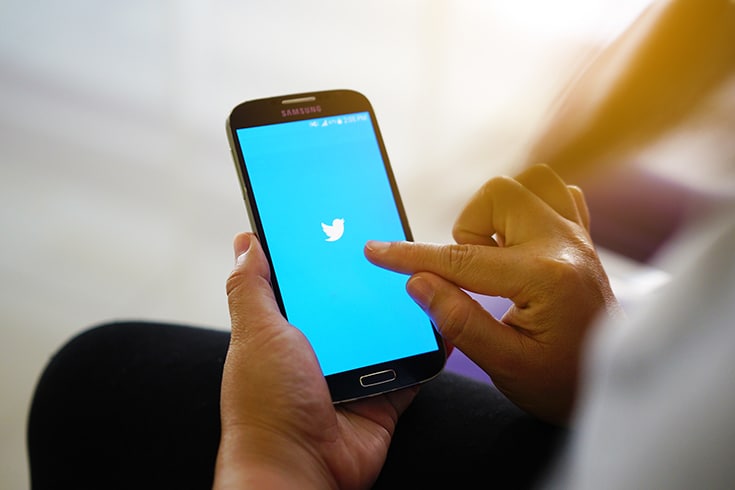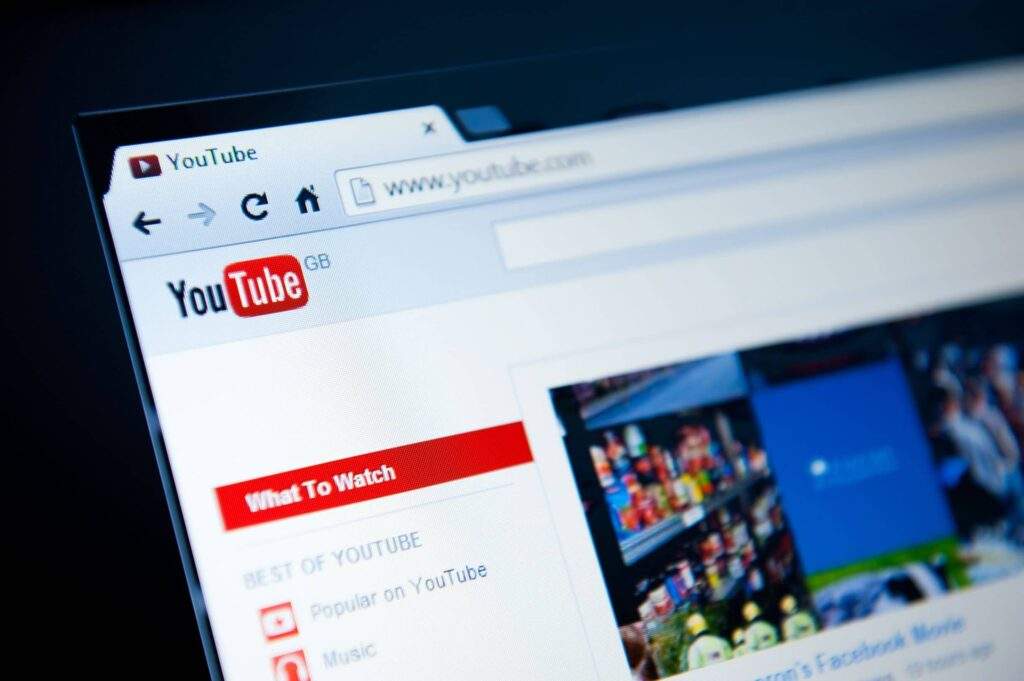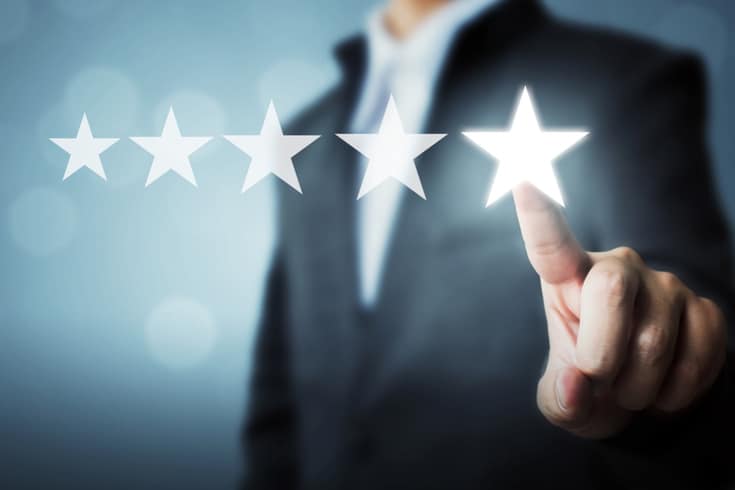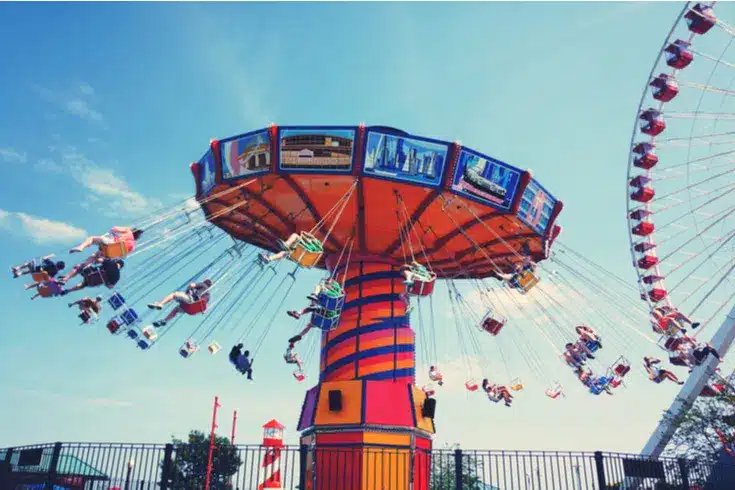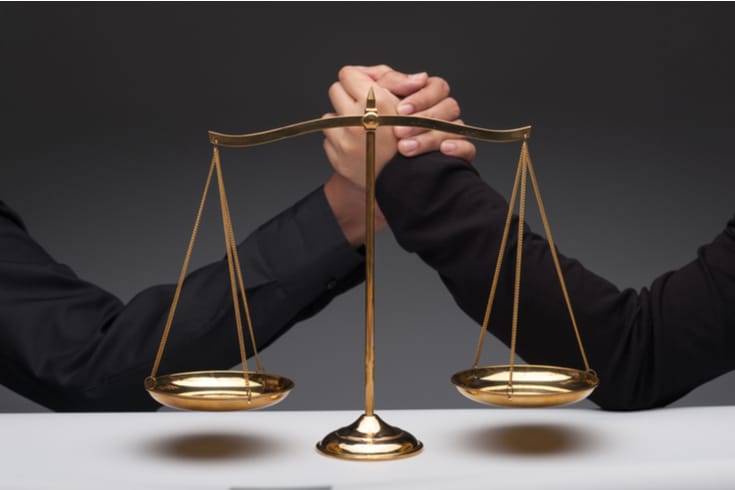Can Posting Someone's Photo Without Permission Be a Crime? Explaining Possible Legal Actions
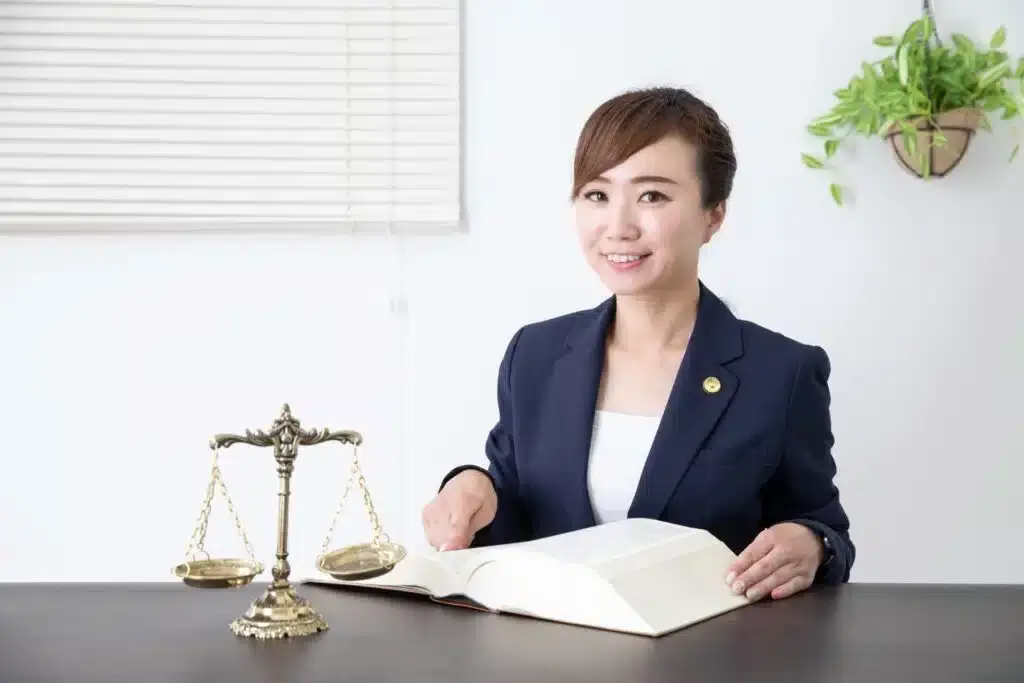
In recent times, it has become common for anyone to casually post photos and videos on social media. However, this ease of sharing has led to numerous instances where individuals upload others’ photos without permission.
If you discover that your photo has been uploaded to social media without your consent, you don’t have to resign yourself to the situation.
This article will explain the legal basis for why uploading someone else’s photo to social media without their consent constitutes an infringement of ‘portrait rights,’ an illegal act. Furthermore, we will delve into ‘portrait rights,’ ‘privacy rights,’ and ‘publicity rights,’ providing a detailed explanation. We will also introduce the legal measures available to those whose photos have been used without authorization, including specific examples and precedents.
Is It a Crime to Post Someone’s Photo on Social Media Without Permission?

To address the question upfront, simply posting someone’s photo on social media without permission does not constitute a violation of portrait rights. Portrait rights allow an individual to control the use of their own likeness, but infringement of these rights is not a criminal offense under the law.
Therefore, even if you post someone else’s photo on social media without their consent, you will not be arrested or fined just for that action. However, if the posting of the photo is accompanied by any of the following acts, you could be held criminally responsible:
- Defamation: If you attach false information to the photo that could damage the social reputation of the person depicted.
- Insult: If you attach insulting words to the photo that could harm the dignity of the person depicted.
If you are charged with these offenses, you could face criminal penalties such as imprisonment or fines, as well as the possibility of being sued for damages in a civil lawsuit.
Three Rights Involved When Posting Someone’s Photo Without Permission
In today’s world, where posting photos on social media has become commonplace, uploading someone else’s photo without permission can lead to unexpected disputes.
Particularly, there is a risk of infringing upon three rights: the right of publicity, the right to privacy, and the right of portrait. Legal responsibility can often be questioned in such cases. We will explain these rights in detail.
Right of Portrait
The right of portrait refers to the right not to have one’s likeness (appearance) photographed, used, or published without consent. It is sometimes protected as part of the right to privacy.
While not explicitly defined by law, the right of portrait is interpreted as part of the constitutional “right to pursue happiness” and “personality rights,” and is recognized through case law as a right that should be legally protected.
The right of portrait is an important right in protecting an individual’s dignity and privacy, and taking photos of someone without permission or posting them on social media can potentially infringe on this right. Consideration for the right of portrait is also essential in building smooth interpersonal relationships.
Right to Privacy
The right to privacy is the right not to have one’s private matters publicly disclosed without consent, and the right to manage and control information about oneself.
Specifically, this includes the following rights:
- The right to protect the secrecy of private life: The right not to have personal information (such as name, address, family composition, social relationships, medical history, etc.) disclosed without one’s consent.
- The right to control personal information: The right to decide how one’s personal information is collected, used, and disclosed.
- The right to solitude and silence: The right to secure time and space to be alone without interference from others.
The right to privacy is an indispensable right in protecting an individual’s dignity and personality, and is interpreted as part of the constitutional “right to pursue happiness.”
In modern society, with the spread of the internet and social media, the handling of personal information has become increasingly important. Respecting the right to privacy and managing information appropriately is a critical issue not only for individuals but also for society as a whole.
Right of Publicity
The right of publicity is the right of well-known individuals, such as celebrities, entertainers, and athletes, to profit economically from the use of their likeness or name. Specifically, it includes the following rights:
- The right to control commercial use of one’s likeness: The right to decide how one’s photo or name is used in products or advertising.
- The right to prevent unauthorized commercial use of one’s likeness: The right to prevent one’s photo or name from being used commercially without permission.
- The right to protect the value of one’s likeness: The right to protect the commercial value of one’s photo or name.
The right of publicity is primarily recognized for individuals whose likeness has economic value, such as celebrities and entertainers. For the general public, the right of publicity is not typically recognized, and issues of unauthorized photo use are mainly centered around the right of portrait and the right to privacy.
For example, using a celebrity’s visit for promotion without permission or using an entertainer’s photo on product packaging without consent can potentially infringe on the right of publicity.
The right of publicity plays a significant role in protecting the economic activities of well-known individuals. For more detailed information on the right of publicity, please visit the following page.
Related article: What is the Right of Publicity? Explaining the Differences from the Right of Portrait and Scenarios of Infringement[ja]
Four Criteria for Unauthorized Use of Photos Constituting Rights Infringement

Since the right of likeness is not explicitly defined by law, there are no clear criteria for judgment.
However, based on past court decisions, the following four criteria are often considered as standards.
Determining Personal Identification from Photographs
When publishing photographs or videos, whether the individuals captured can be identified is one of the criteria for determining infringement of portrait rights. If the focus is on the face and it is clearly recognizable, or if the individual is prominently featured as the main subject of the photograph or video, there is a possibility that it could constitute an infringement of portrait rights.
Even if the image has been altered with techniques such as pixelation, if the individual can still be identified, it could potentially be an infringement of portrait rights.
On the other hand, if the individual is captured in a small size, out of focus, or blended into a crowd and cannot be identified, it does not constitute an infringement of portrait rights. The same applies if an individual is incidentally captured in the background and cannot be identified separately from the main subject.
The Extent of Dissemination After Public Release
The potential for dissemination of the location where photos and videos are published also serves as one of the criteria for determining infringement of portrait rights.
If content is posted without permission on social media platforms such as X (formerly known as Twitter) or Instagram, or on internet forums accessible to the general public, it is considered to have high dissemination potential. This increases the likelihood of the content being recognized as an infringement of portrait rights.
On the other hand, showing photos or videos on a smartphone to a friend or to a small group of family and close friends is considered to have low dissemination potential and is not recognized as an infringement of portrait rights. The publication of content on social media platforms accessible to everyone has a very high potential for dissemination, making it more susceptible to being deemed an infringement of portrait rights.
Whether the Filming Location is a Public Place
Whether the location where a photograph was taken is a public or private space is an important factor in determining the infringement of portrait rights and similar issues.
If a photograph is taken in a private area where others do not normally enter, such as a home, a hotel room, a hospital room, or a funeral parlor, the likelihood of it being considered an infringement of portrait rights increases. These places are spaces where an individual’s privacy should be strongly protected, and unauthorized photography is seen as an act that can harm personal dignity.
On the other hand, if a photograph is taken in a public place where an unspecified number of people can freely come and go, such as streets, parks, or event venues, the likelihood of it being considered an infringement of portrait rights is less. This is because these locations are inherently spaces where visibility to others is expected.
While the distinction between a public and a private space is an important element in the assessment of rights infringement, it is not the sole determinant. The situation in which the photograph was taken and the method of its publication are also considered in a comprehensive evaluation.
Determining Unauthorized Photography and Publication
The right of publicity protects individuals from having their likeness photographed or published without their consent. Therefore, publishing photos or videos without the subject’s permission may constitute an infringement of their right of publicity. On the other hand, if prior consent for both photography and publication has been obtained from the person, it does not infringe upon their rights.
Photography and publication are separate acts, and it is crucial to obtain permission for each.
For instance, if someone has consented to be photographed but not to the publication, the act of publishing could potentially infringe on their right of publicity.
Cases such as “I agreed to be photographed, but I didn’t expect it to be published” also fall under the infringement of the right of publicity. Permission to photograph and permission to publish are distinct, and even if there was no intention to publish at the time of photography, obtaining consent is necessary before any subsequent publication.
However, in situations like sports events where photography is anticipated, if the individual cooperates with the photography or does not refuse it, it may be implicitly interpreted that they have consented to the photography. In such cases, it might not be considered an infringement of the right of publicity.
To avoid infringing on the right of publicity, it is essential to secure the individual’s consent for both photography and publication in advance.
Cases and Precedents of Unauthorized Photo Publication
In recent years, there has been a surge in disputes over unauthorized use of photos and videos on social media platforms such as X (formerly Twitter) and Instagram. We will introduce actual cases and precedents where the plaintiff’s claims were recognized in court.
A Case on X (formerly Twitter) Where Damages Were Awarded
There was an incident on X (formerly Twitter) where a photo of someone in a private, bound state was replicated without permission and posted without the individual’s consent.
In this case, the plaintiff claimed that their copyright, portrait rights, and privacy rights were violated. The court recognized the victim’s claims and ordered the perpetrator to pay a total of 471,500 yen in damages for the infringement of privacy rights and others (Tokyo District Court, September 27, 2018 (Heisei 30) decision[ja]).
This judgment indicates that unauthorized use of photos and videos on social media platforms like X (formerly Twitter) can lead to legal liability for infringement of portrait and privacy rights.
A Case on X (formerly Twitter) Where a Disclosure Request Was Granted
An interesting decision regarding a disclosure request on X (formerly Twitter) was made by the Niigata District Court (Niigata District Court, September 30, 2016 (Heisei 28) decision[ja]).
In this case, photos of the plaintiff couple’s child were posted on X (formerly Twitter) without permission, along with false information. The couple requested that X (formerly Twitter) disclose the poster’s IP address, which they then used to ask the provider for the disclosure of the poster’s information.
The court ordered the provider to disclose the poster’s information, stating that “it is clear that the portrait rights have been violated.” This decision serves as an important reference for taking legal action against portrait rights infringement on social media platforms like X (formerly Twitter).
Portrait Rights Infringement on Instagram, YouTube, etc.
Portrait rights infringement can also occur on various other media.
On Instagram, there are endless cases where personal photos are posted without permission. Particularly common are instances where photos made public by the individual themselves are reproduced without authorization. To prevent unauthorized use of your own photos, it is advisable to review and adjust Instagram’s privacy settings accordingly.
Similarly, on YouTube, blogs, and forums, there are instances where videos clearly showing an individual’s face are uploaded without permission. A person’s face and appearance are typically private information that one does not wish to be viewed by an unspecified large audience, and thus, publishing such information without consent constitutes an infringement of portrait rights.
Legal Responsibilities for Posting Photos Without Consent
If your photo is published without your consent, you can hold the poster legally accountable. Here, we will explain in detail the legal measures available for unauthorized photo postings on social media and other platforms.
Filing for a Provisional Injunction
When a photo taken without permission is published online, immediate action is necessary. In such cases, you can utilize legal procedures such as filing for a provisional injunction. A provisional injunction is a court order that provisionally establishes the rights of the parties involved in urgent situations before the main lawsuit (such as a claim for damages) proceeds.
In the event of a violation of portrait rights, irreversible damage can occur once the photo is made public. By filing for a provisional injunction, you can request the court to order a halt to the publication of the photo before the final judgment of the main lawsuit is issued.
Claiming Compensation and Damages for Civil Liability
If your portrait rights are violated by having your photo posted online, you can pursue civil liability against the poster and claim damages, including compensation for emotional distress.
Damage from a violation of portrait rights is typically claimed as “compensation for emotional distress.” The amount of compensation varies depending on the severity of the infringement and the extent of the emotional distress, but it generally ranges from tens to hundreds of thousands of yen. If the photo publication includes slanderous or insulting content, the amount of compensation could be significantly higher.
Pursuing Criminal Liability in Cases of Defamation
Unauthorized photo postings on social media can lead to criminal liability, not just civil issues, depending on the content. If the photo or post includes defamatory or insulting content, it may constitute a crime of insult or defamation.
The crime of insult occurs when someone publicly insults another person. If the act lowers someone’s reputation or publicly insults them, it could be considered an insult.
The crime of defamation occurs when someone publicly presents facts that lower another person’s social reputation. For example, posting a photo with false information that damages someone’s reputation often constitutes defamation. To pursue criminal liability, the victim must file a complaint or accusation with the police.
The police will investigate, and if there is sufficient evidence, they will refer the case to the prosecutor’s office. The prosecutor decides whether to indict, and if an indictment is issued, a trial will take place. Depending on the trial’s outcome, criminal penalties may be imposed.
What to Do If Your Photo Is Used Without Permission
If you or someone close to you falls victim to unauthorized public exposure of your image, it is crucial to take appropriate action. Here, we will explain in detail three methods of dealing with such situations: “Consulting the police,” “Requesting the removal of the photo,” and “Consulting a lawyer.”
Consulting the Police
Infringement of portrait rights is a privacy issue and is not fundamentally a crime. Therefore, consulting the police based solely on an infringement of portrait rights may not always result in assistance. However, if the infringement is accompanied by criminal acts such as threats, defamation, voyeurism, stalking, distribution of obscene materials, or revenge porn, the likelihood of police intervention increases.
For example, in the following situations:
- If threatening messages such as “I will kill you” or “I will set your house on fire” are sent along with the photo
- If false facts such as “thief” or “fraudster” are spread along with the photo
- If voyeuristic photos or videos are published
- If obscene images are published without consent
If you suspect any of these criminal acts, do not hesitate to consult the police.
The police will listen to the details of the incident, check any evidence provided, and decide whether to initiate an investigation.
Requesting the Removal of the Photo
If you are a victim of portrait rights infringement, the first step should be to request the removal of the photo from the medium on which it was posted. Many social media platforms and internet forums, such as X (formerly Twitter), Instagram, and Facebook, have dedicated forms for filing removal requests related to portrait rights infringement. Please use these forms to request prompt removal.
When submitting a removal request, please pay attention to the following points:
- Include the specific URL of the photo or video
- Explain the facts of the portrait rights infringement in detail
- Submit identification documents
Unfortunately, removal requests through these forms do not always guarantee that the photo or video will be deleted. Some companies may be slow to respond or may not comply with the removal request. In such cases, legal action may be necessary.
Specifically, this could involve filing a request for disclosure of sender information through the courts to obtain the poster’s information and then directly demanding removal from the poster or initiating a lawsuit for damages. The following article provides more details on this topic.
Related article: What is a “Request for Disclosure of Sender Information” to Identify the Poster?[ja]
Consulting a Lawyer
When considering legal action, we recommend consulting a lawyer to determine whether the published photo constitutes an infringement of rights.
- Whether the published photo actually constitutes an infringement of rights
- Whether to proceed with a removal request or a claim for damages
- Whether legal procedures such as provisional injunctions are necessary
These decisions require legal expertise, and consulting a lawyer can provide you with appropriate advice and support.
Furthermore, engaging a lawyer can facilitate smoother negotiations with the opposing party. The presence of a lawyer can lead the other party to take the matter more seriously. Although there are costs involved, the benefits of hiring a lawyer are significant, so please consider this option.
Summary: Unauthorized Posting of Photos is Not a Crime, but Civil Liability Can Be Pursued
Unauthorized posting of photos on social media constitutes an illegal act that infringes upon personal rights such as the right of publicity and privacy rights.
As a general rule, it is not subject to criminal penalties, but depending on the circumstances, crimes such as insult or defamation may be established, potentially leading to criminal liability. In civil law, legal actions such as claims for damages or injunctions to stop wrongful acts can also be pursued.
If your photo has been posted without permission, the following steps are crucial:
- Request the removal of the photo from the operating company of the medium where it was posted
- Consult with a lawyer to consider legal action
Consulting with a lawyer is particularly essential to determine the appropriate course of action and to protect your rights and those of your close associates. Do not suffer in silence; seek the help of professionals and respond with a firm stance.
Guidance on Measures by Our Firm
Monolith Law Office is a legal practice with extensive experience in both IT, particularly the internet, and law. In recent years, information related to reputational damage and defamation spread online has caused serious harm as a ‘digital tattoo.’ Our firm provides solutions to combat these ‘digital tattoos.’ Please refer to the article below for more details.
Areas of practice at Monolith Law Office: Digital Tattoo[ja]
Category: Internet


